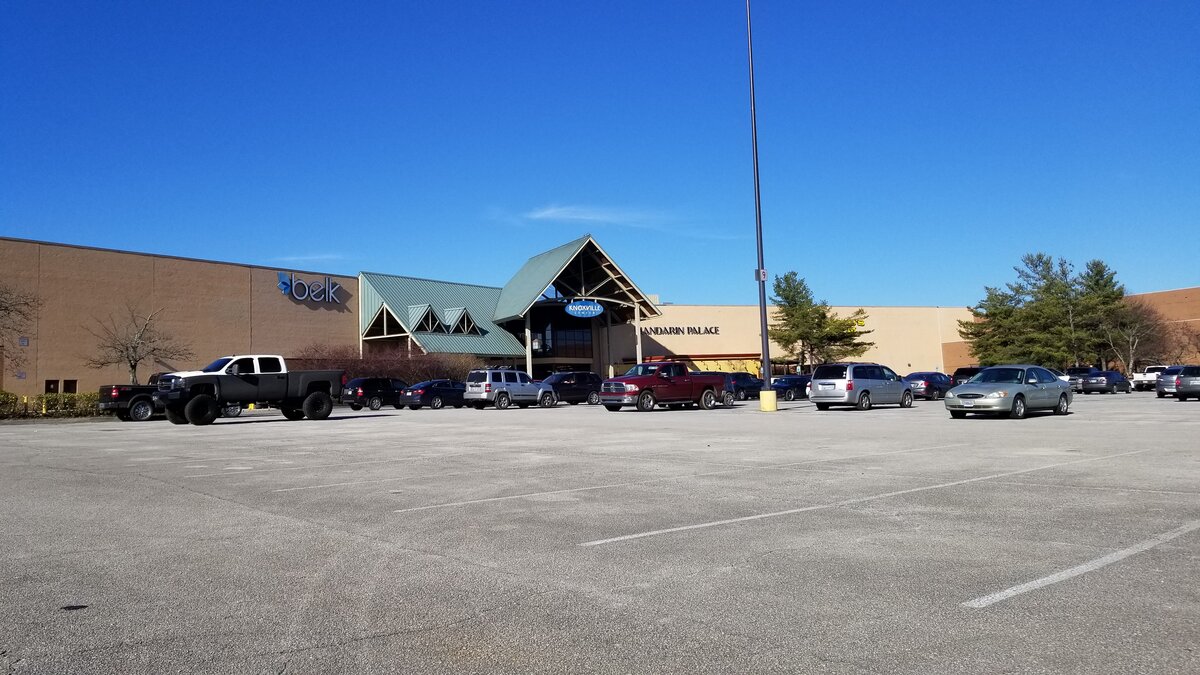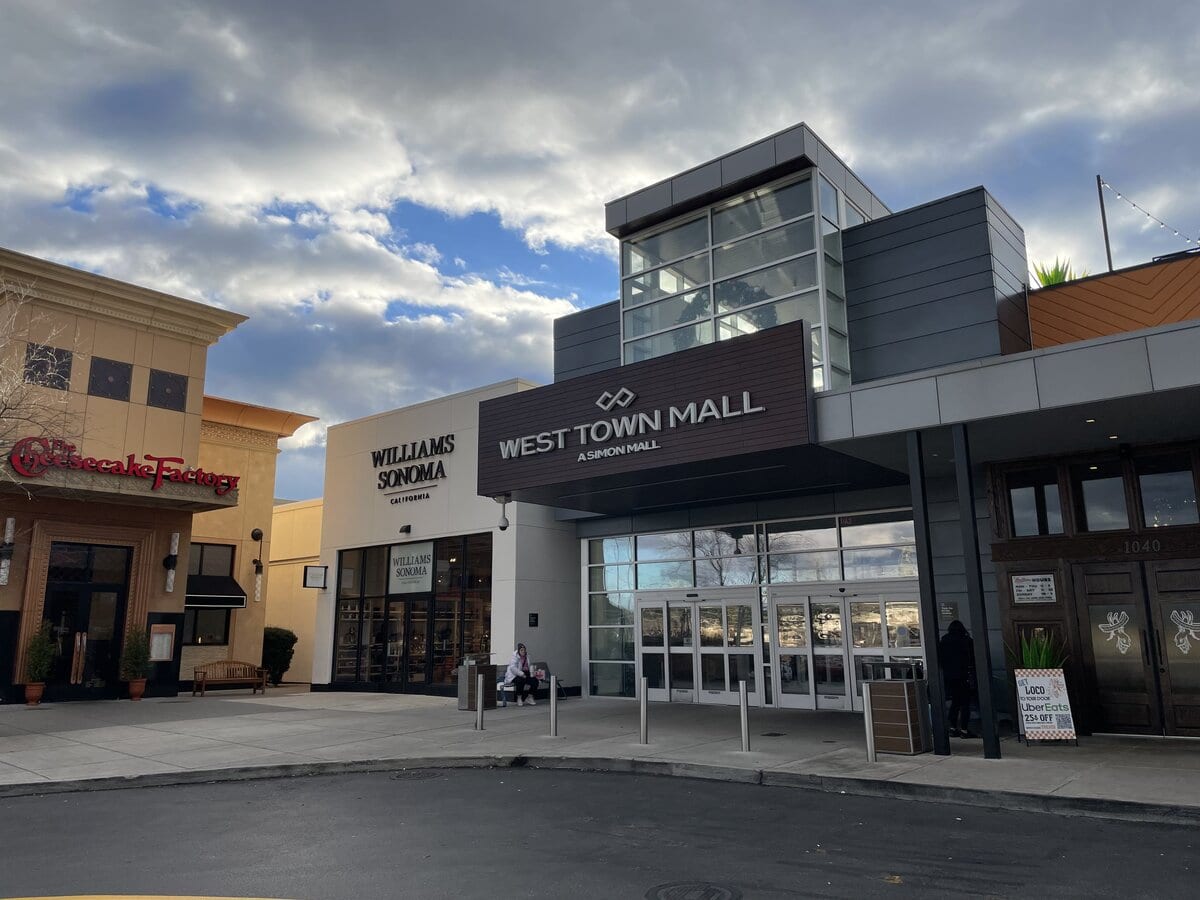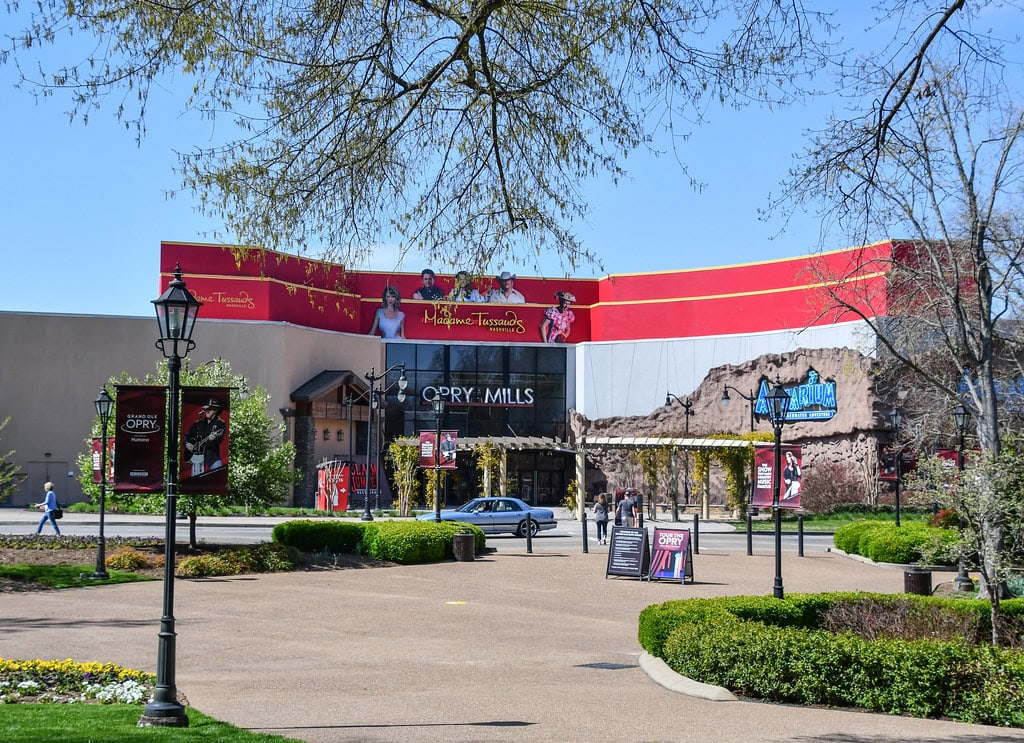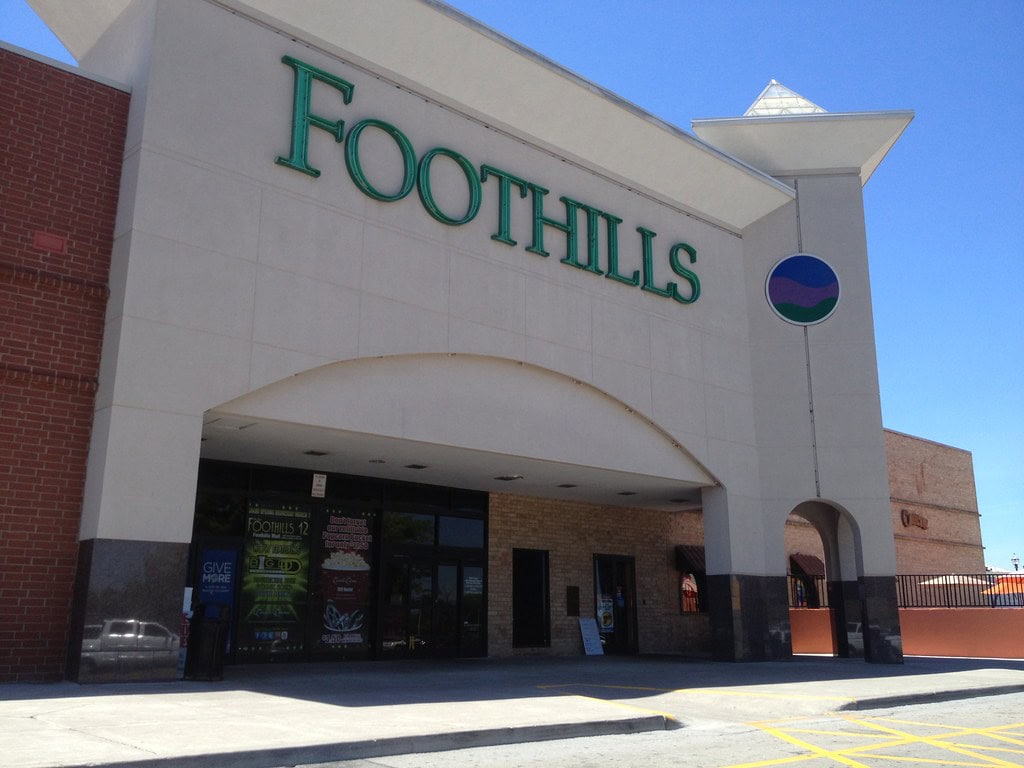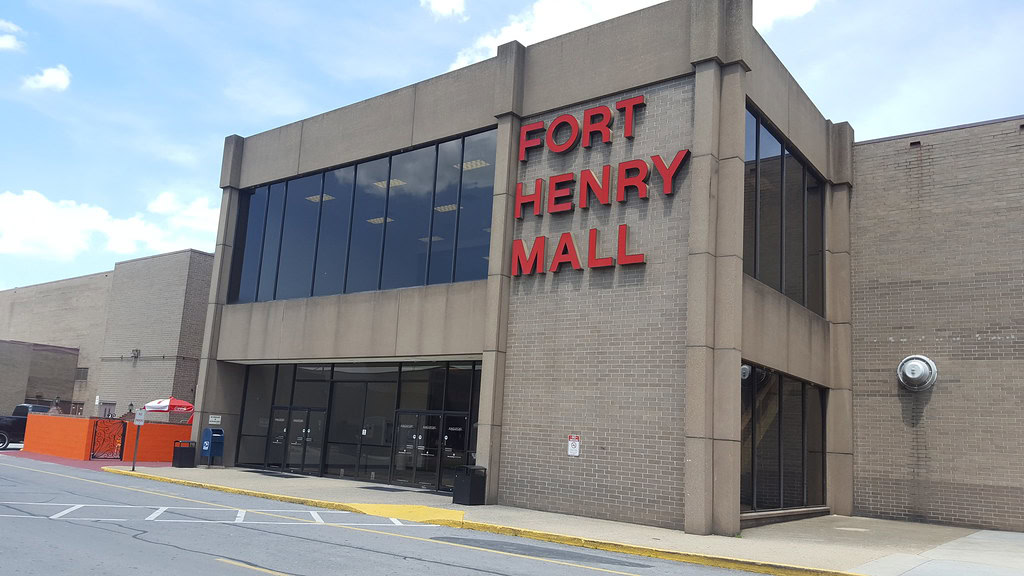Mall Dreams, Nashville Memories
Once, the Bellevue Center promised a new era for Nashville's suburbs. Its gleaming floors, escalators, and grand entrances felt almost futuristic back in 1990 when shopping malls still meant weekend outings and a taste of the good life.
People in the Bellevue neighborhood watched with a mix of curiosity and hope as the old plans took shape, then sat through delays, rumors, and slow-moving bulldozers.
Yet, under all the construction dust, something bigger seemed to be underway - a place that aimed to anchor the area's social life, retail scene, and daily errands all in one sweep.
Today, when locals search for things to do in Nashville, TN, that original vision still echoes through each new storefront and street. The story, though, started long before a single store opened its doors.
Early Visions and Real Estate Chess (1971-1989)
Plans for a Bellevue mall began to surface in 1971.
Roy Shainberg presented the concept to Metro Nashville's planning and zoning commission for M.H. Hausman Co., a Cleveland-based developer.
He laid out ideas for a huge retail project along U.S. Route 70S, wedged between Interstate 40 and Sawyer Brown Road.
The initial blueprints were ambitious, calling for 900,000 square feet of retail, three anchor stores, and marble floors.
Shainberg's proposal promised fountains, escalators, a supermarket, a business park, and even a 200-room hotel, all set off by a buffer of trees and a looping access road to calm traffic worries.
Construction was scheduled in two phases - 1973 and 1975 - with the mall envisioned as the state's largest.
By 1974, JCPenney and Belz Enterprises had stepped in, hoping to turn the dream into reality.
A few years later, Taubman Centers took the co-developer spot, keeping JCPenney as an anchor.
But deadlines kept slipping. Zoning problems and the search for anchor stores slowed everything down.
By 1987, only Castner Knott and Dillard's had officially signed on, setting the stage for Bellevue Center's eventual arrival.

Grand Opening and the Retail Race (1990s Expansion and Competition)
When Bellevue Center finally opened its doors on August 9, 1990, the air carried a sense of relief and anticipation.
Castner Knott and Dillard's filled anchor spots, while the mall's trident-shaped footprint offered room for four anchors, though only three would ever materialize.
Shoppers could browse stores like KB Toys, Limited Too, Abercrombie & Fitch, Gap Inc., and Electronic Express across two levels that totaled 848,545 square feet.
The mall's marble floors, skylights, and sprawling design felt right for the era, even if plans for a Macy's anchor were delayed for years.
The competition showed up fast.
In 1991, Cool Springs Galleria opened in Franklin, pulling in new brands and foot traffic that once belonged to Bellevue Center.
That same year, the Mall at Green Hills launched a major expansion.
New store openings in these rivals, including brands that once only had a presence at Bellevue, started to shift the retail landscape.
JCPenney, despite its early role as co-developer, never opened a store here.
Each season brought both fresh energy and quieter corridors as national retailers chose newer venues for their Nashville-area locations.
The seeds of change were planted early in the decade, long before the broader retail slump arrived.
Retail Decline and Shifting Tenants (1999-2008)
By 1999, Sears opened a new store on an empty anchor pad, briefly injecting optimism.
The mall now had three anchors: Castner Knott, Dillard's, and Sears.
Macy's would eventually move into the old Castner Knott space by way of a series of acquisitions, first, Proffitt's, then Hecht's, finally becoming Macy's in 2006.
But despite the anchor movement, the wider shopping scene kept changing.
The 2000s recession deepened existing troubles, and national tenants began closing shop.
Many vacant storefronts became offices, churches, or performing arts studios as major chains left gaps in the retail map.
Dillard's, after years of lagging sales, closed and sold its property to Oaktree Capital Management in 2007.
New redevelopment plans surfaced, proposing a library and a Kohl's in the former Dillard's building, plus an open-air retail center where the mall stood.
Yet, these visions didn't fully take shape. On May 31, 2008, the last non-anchor tenants moved out, leaving the property in limbo.
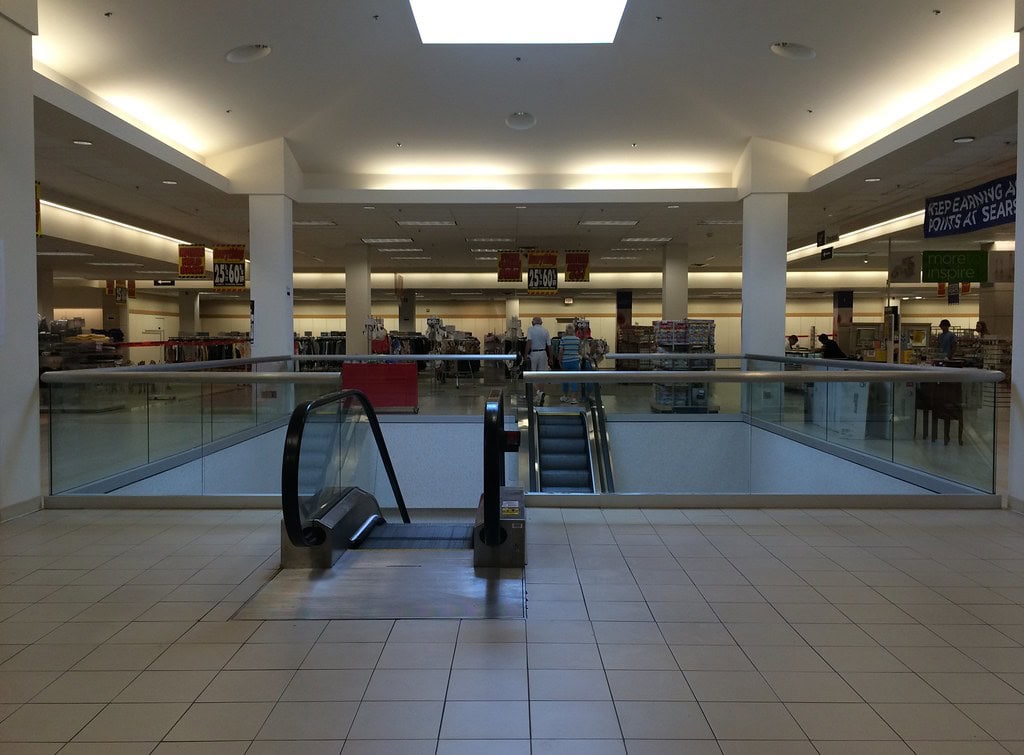
Redevelopment Roadblocks and Real Estate Gambits (2008-2014)
After the Bellevue Center's closure in 2008, a string of redevelopment ideas tried to fill the void.
Initial plans aimed to convert the former Dillard's into a Metro Nashville Public Library on the lower floor, with a Kohl's above.
Around this time, Macy's and Sears still operated as anchors, both expressing intentions to keep their doors open through the proposed changes.
That optimism faded quickly when Macy's included the Bellevue location in a nationwide slate of store closures.
On March 15, 2009, Macy's closed for good, narrowing the retail mix even further and leaving Sears to hang on alone.
Meanwhile, Metro Nashville's library plans drifted off course.
By late 2011, city leaders had shifted focus to building a new library at a separate site, walking away from the mall.
Crosland Southeast, the developer that would later guide the site's next phase, floated new ideas, but these, too, stalled.
Local reports pointed to years of withdrawn proposals and public impatience, with the property standing largely empty.
At the heart of each setback sat a familiar problem: how to attract the right retail and commercial partners in a market still nursing old wounds from the late 2000s downturn.
Demolition Crews and the Birth of One Bellevue Place (2014-2017)
Momentum shifted in November 2014 when Crosland Southeast presented a final plan.
They pitched a mixed-use complex called One Bellevue Place, complete with a hotel, a dual-ice rink managed by the Nashville Predators, and 300 multifamily units.
The vision didn't stop at housing and entertainment.
The blueprint promised up to 125,000 square feet of office space, a cinema multiplex, and 600,000 square feet of retail offerings, including both national chains and local players.
The Sears anchor held on until August 2015, closing after a short liquidation sale.
Demolition work started on August 22, 2015, knocking down both the old mall and its anchor buildings.
By the end of that year, the former retail footprint was gone, making way for new streets, building pads, and utility infrastructure.
Tenants began to sign leases as dirt moved, and the site finally started to buzz again.
Real estate bulletins listed everything from apartments to a senior living community, all tracking the new market reality.
One Bellevue Place now had a shot at resetting the area's commercial identity, shaped by a mix of shopping, services, and neighborhood-scale amenities.
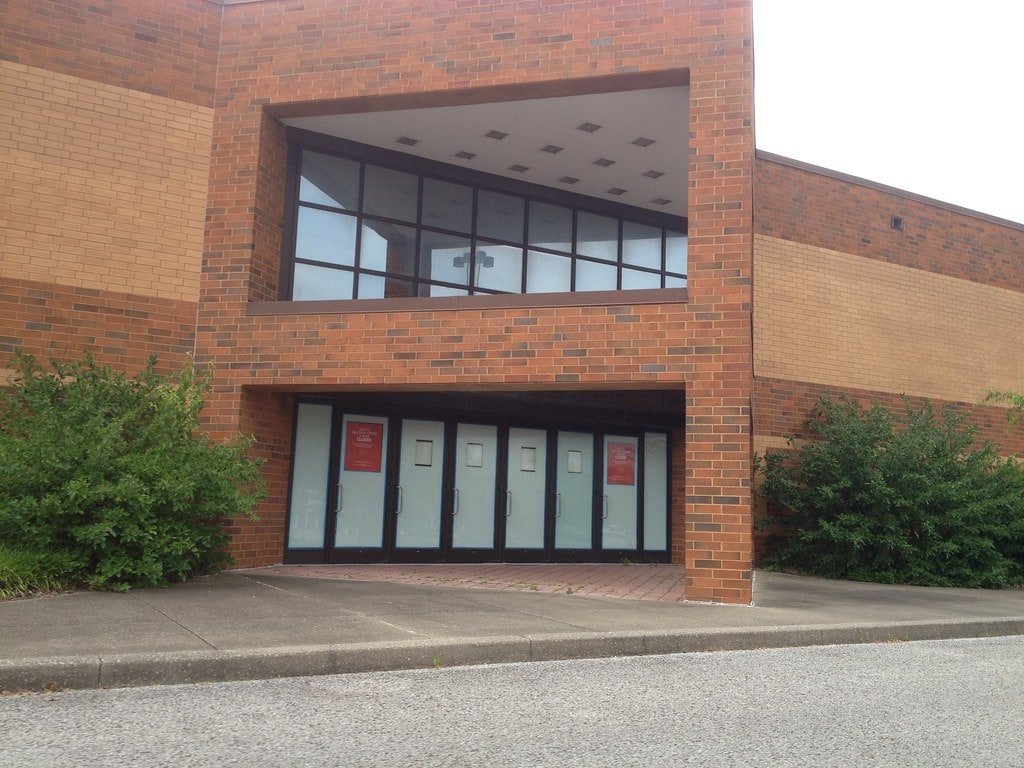
Leasing Dynamics and Retail Rollout (2017-2020s)
By the time August 2017 rolled around, One Bellevue Place was alive with noise, color, and lines at every corner.
The first Friday night brought the buzz of the AMC theater, its lobby packed with kids and parents escaping the Tennessee heat for popcorn and new releases.
Sprouts opened its doors early, shoppers crowding the aisles with a kind of relief, ready for something different from the old grocery routine.
Storefronts changed in weeks, not months: Burlington, Michaels, Maurices, HomeGoods, Ross, Ulta Beauty, PetSmart, all flipping the switch and setting up shop, as if making up for lost years.
Home2 Suites by Hilton started booking rooms while construction dust still lingered, and Chick-fil-A turned its opening day into a neighborhood event, drawing lines long before noon.
Apartments went up alongside the shops, lights flickering on in new windows above the hum of retail.
The Bellevue Community Center brought neighbors together, filling rooms with conversation and city programs.
On the ice, the Nashville Predators' twin rinks became a magnet for hockey families, from sunrise practices to late-night tournaments.
Leasing agents stopped selling an idea and started handing out keys.
One Bellevue Place shook off the past and found a pulse.
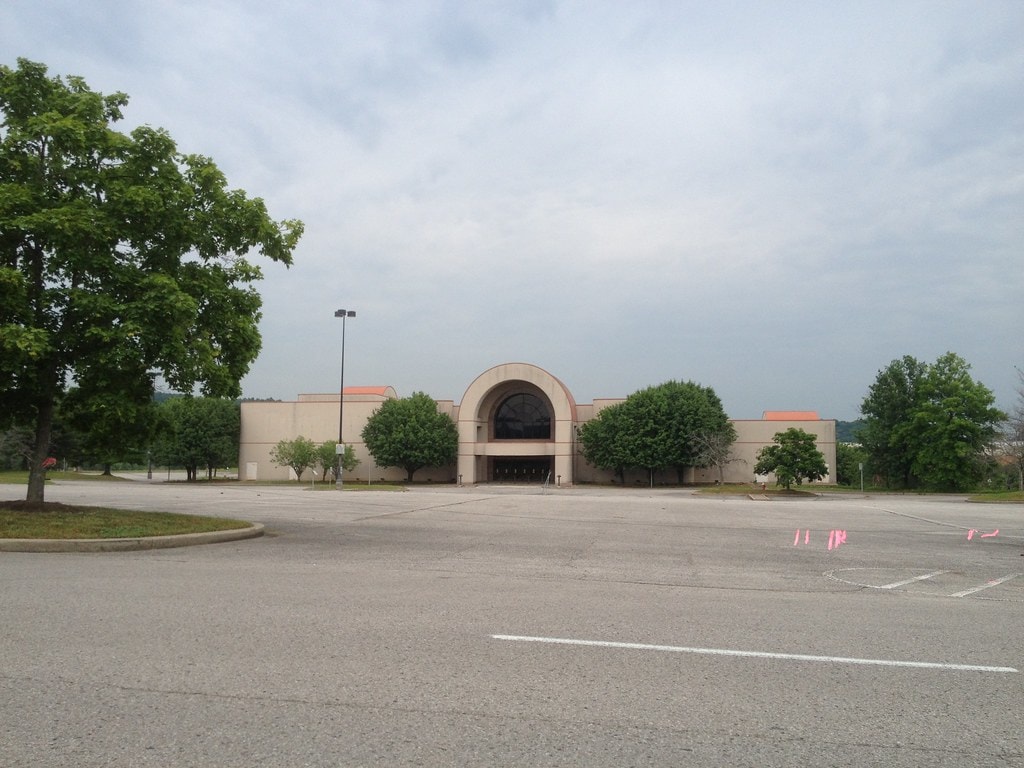
🍀

